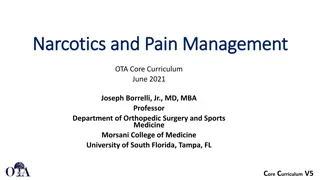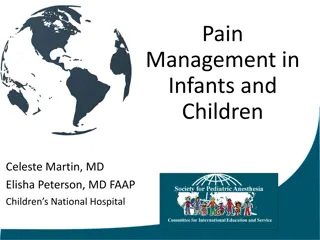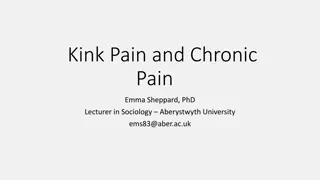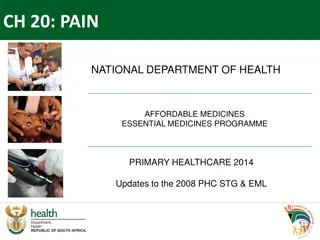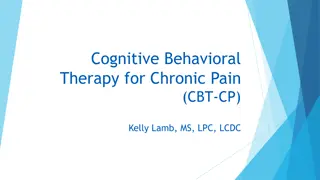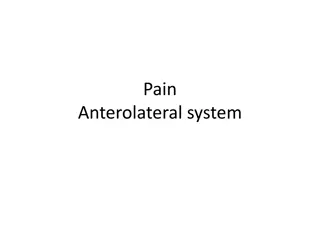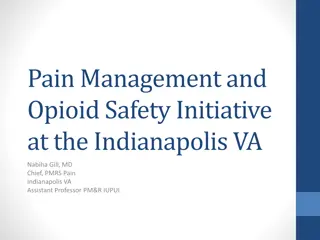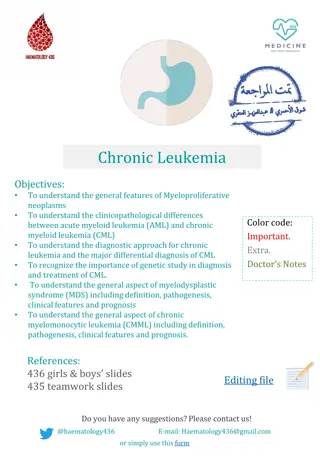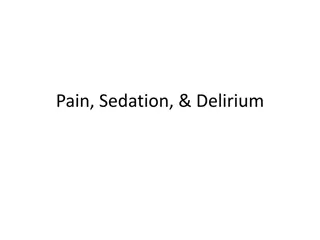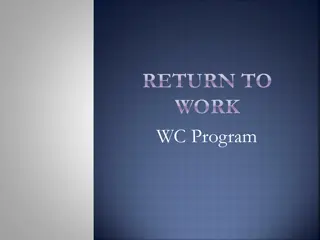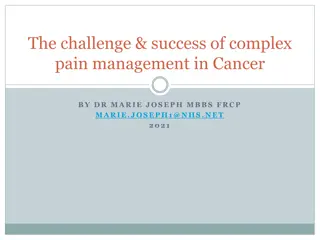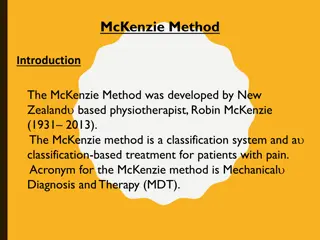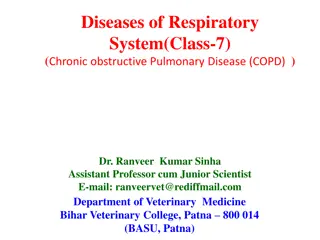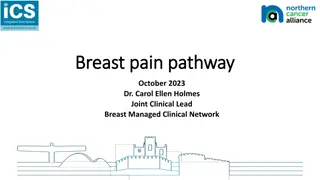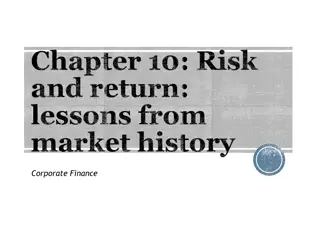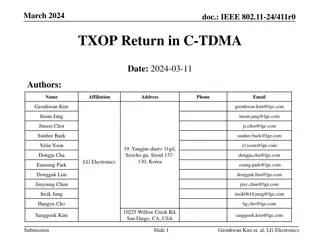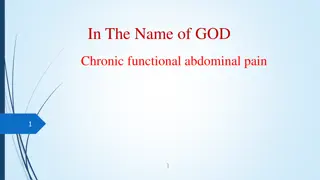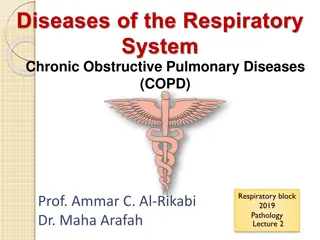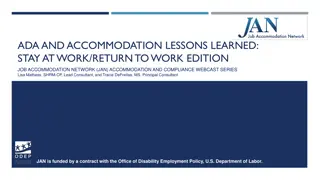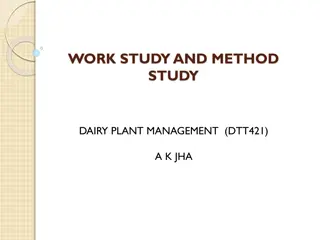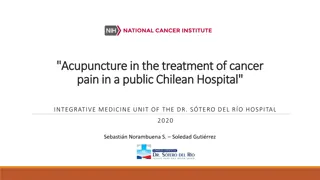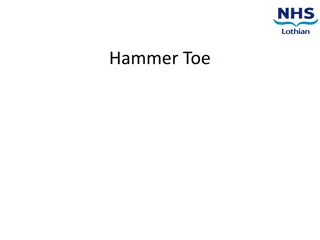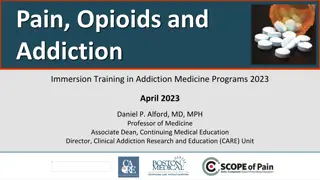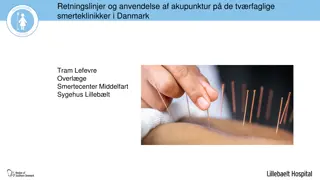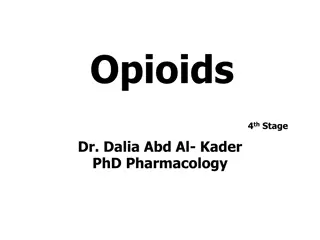Chronic Pain Management Program for Return to Work: A Case Study
Work-related shoulder injury case study of a 45-year-old male operator at a cement plant, diagnosed with bursitis and impingement. Despite prompt claim acceptance and surgery post-injury, the patient faced challenges with chronic pain, sleep disturbance, and opioid use. A multidisciplinary pain management program involving specialists, physiotherapists, and psychologists was implemented to address the patient's pain behaviors and psychosocial factors. Yellow flags of pain avoidance were addressed, and strategies were employed to support the worker's return to work.
Download Presentation

Please find below an Image/Link to download the presentation.
The content on the website is provided AS IS for your information and personal use only. It may not be sold, licensed, or shared on other websites without obtaining consent from the author. Download presentation by click this link. If you encounter any issues during the download, it is possible that the publisher has removed the file from their server.
E N D
Presentation Transcript
Chronic pain and return to work A Case Study Andrea James AFOEM June 2018
Work related shoulder injury 45 y.o male operator at a cement manufacturing and distribution plant Work related right shoulder injury after forcibly turning a valve Diagnosis: bursitis and impingement W/Claim accepted promptly, company self insured, RTW coordinator appointed Treating GP certified worker as fit for modified duties, full time hours, day shift only Patient reported high levels of constant pain, lots of time off work 6/12 conservative treatment including two steroid injections, physiotherapy, NSAIDs, occasional opioids No improvement and referred to a surgeon. Surgery at 8/12 after injury Yellow flags pain avoidant behaviours, prior Hx of slow recovery due to chronic pain after a muscular back strain, worker s beliefs about work/exercise aggravating condition Red Flags nil Blue Flags relationship with LM not great, disgruntled about recent changes at the worksite
Return to work post surgery 4/12 post operatively certified as fit to return to a graded RTW (12 hours/week) light duties in a control room gatehouse Over next 6/12 chronic pain and sleep disturbance GP treating pain with increasing doses of oxycontin and endone No increase in work capacity OP appointed by employer. OP liaison with GP - led to referral to a pain management specialist Yellow flags ongoing pain avoidance behaviours, worker resistant to increasing hours, ?due to new family responsibilities, length of commute to and from work, symptoms of depression becoming apparent Red Flags nil However, should chronic pain and opioid use be regarded as a red flag? Blue Flags colleague attitudes to worker s incapacity and length of time for recovery
Pain Management Program Treatment: multi disciplinary approach - tailored for this patient - pain specialist, physiotherapist and psychologist, Medications at various times: Fentanyl patches, tapentadol SR (Palexia) oxycodone/naloxone (Targin), gabapentin, endone for break through pain, celoxicib, duloxetine (Cymbalta) OP engagement with worker to address occupational factors and psychosocial factors, liaison with all parties Pain specialist addressed medications/pain education Psychologist and physio addressed pain behaviors/responses to pain/sleep GP involvement maintained (mainly COCs) Yellow flags pain avoidance behaviours addressed by psychologist, worker resistant to increasing hours, other psychosocial factors addressed by OP in conjunction with manager Red Flags nil Blue Flags addressed by manager and RTW coordinator
Return To Work Over the next 6/12 gradual increase in work capacity commencing with a graded increase in hours and then additional duties RTW full duties Key issues: Early identification of chronic pain Pain control - medications, addressing pain behaviors and responses to pain Coworker and LM responses to a worker with chronic pain Mental health comorbidity and pain impact on sleep Insidious development of psychosocial factors Availability of suitable meaningful duties



